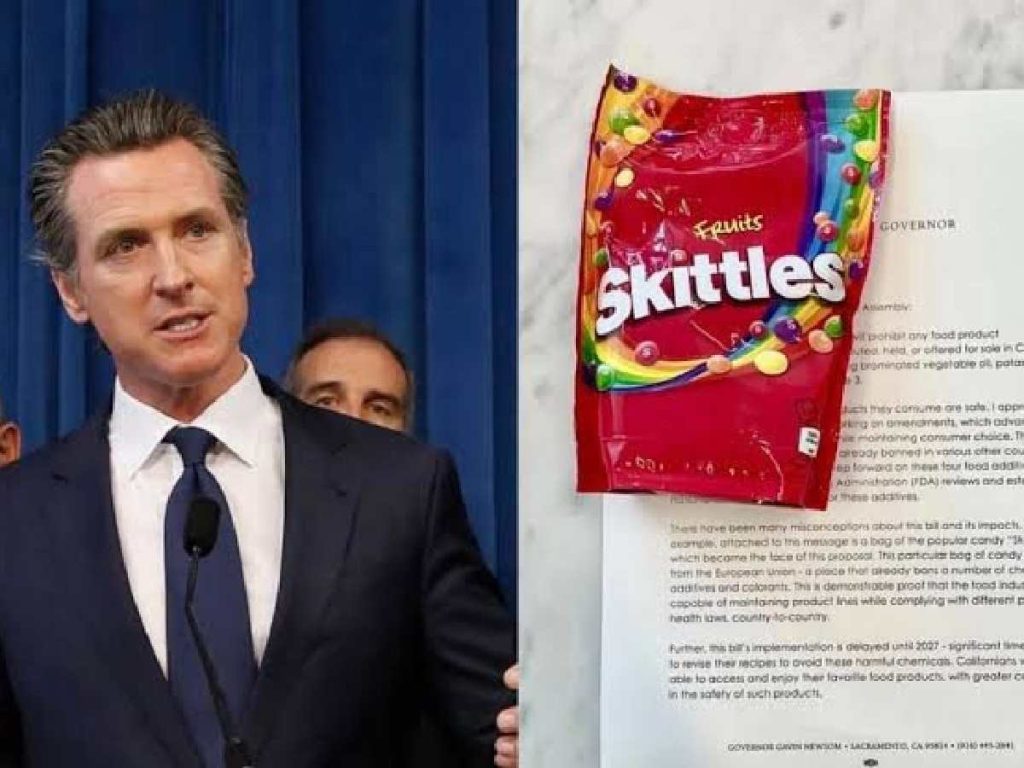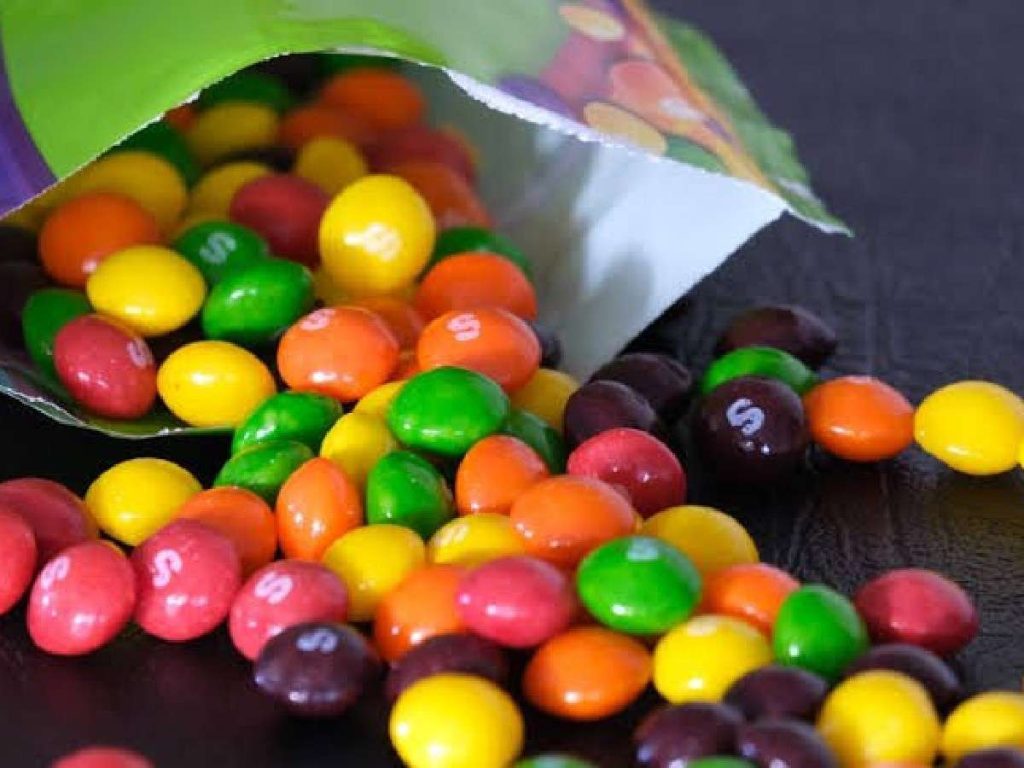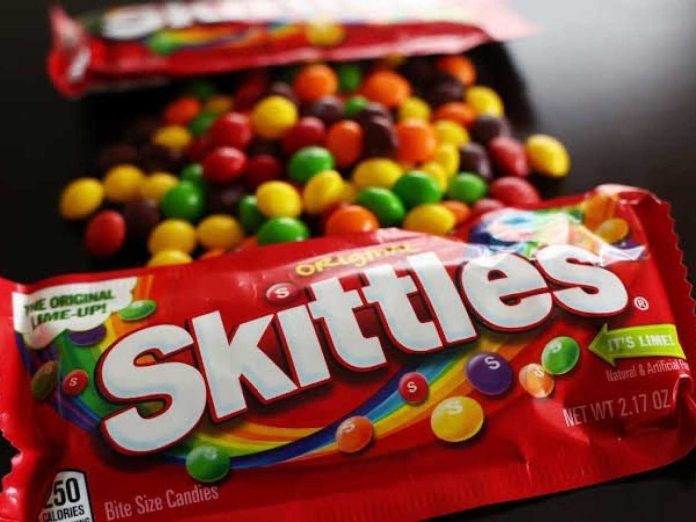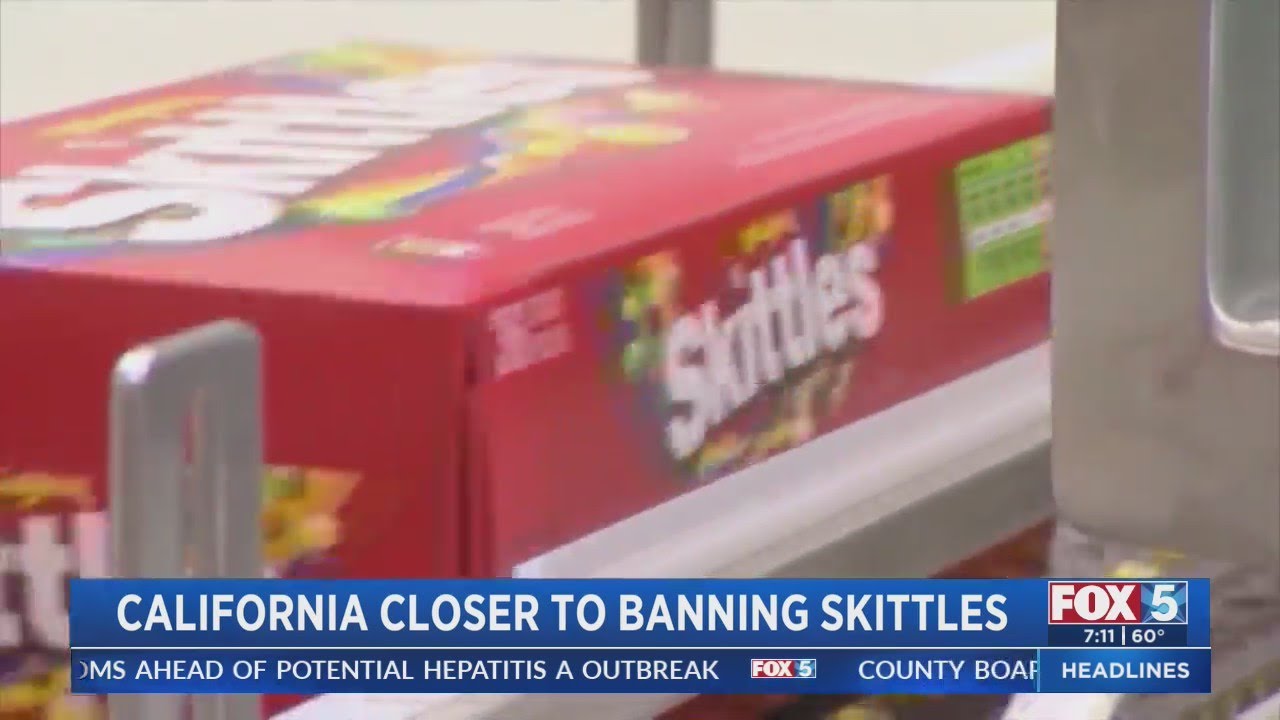Skittles, are they not going to be there in the markets in California or is it that you cannot eat Skittles as you cross over to California? Either. It’s just that there are four additives that have faced a ban in the state. However, this will cause the candies to be pulled out of the shelves completely.
It’s the California Governor, Gavin Newsom who has approved the legislation. This leads to a ban on the sale, manufacture, and distribution of four additives for the first time in the whole nation. These additives are generally found in thousands of food products including baked goods, frozen desserts, and soft candies.
All About The Skittles Ban

The ban on additives has come to be known as the ‘Skittles ban’. However, it will only come into effect in 2027. Governor Gavin Newsom pointed out how a number of these additives have already been banned from the European Union.
The four additives that are banned include red dye No.3, bromated vegetable oil, potassium bromate, and propylparaben. These products are set to cause hyperactivity in children and have cancer risks.
The chemicals have already been banned or restricted in Europe. However the due is used in some kinds of cherries. The New York legislature also has a bill pending for the ban of the four chemicals in addition to titanium oxide.
In Case You Missed: Who Created Waffle House?
Skittles Recipe To Be Changed To Accommodate The Ban

About 12,000 food products can be affected by the ban of these chemicals, according to the Environmental Working Group. However, the National Confectioners Association, which represents the candy industry has criticized the actions of the California governor. They noted how decisions were made of “soundbites rather than science”. The company will be making changes to the recipes to match with Skittles from other places where the ban has already been enacted.
The Red dye No.3 had been banned 30 years ago in cosmetics and other externally applied drugs, reports The Washington Post. The drug was linked to thyroid cancer. Despite a petition filed by the Centre For Science in the Public Interest (CSPI), the red dye still continues to be used in food.
You Might Also Like To Read: The Story Behind Halloween Trick Or Treat Tradition






